Atopic eczema – what is it and what are the options for its treatment
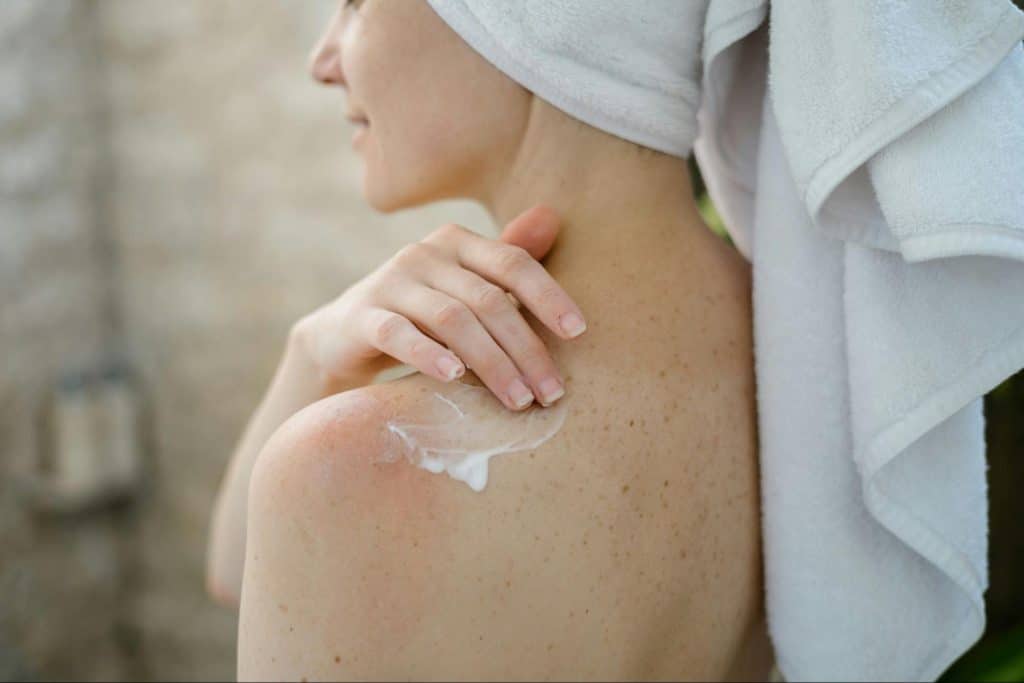
Atopic eczema, which is also called atopic dermatitis, is one of the chronic skin diseases that afflict millions of people in the general population, and cases are on the rise. This chronic skin disease can torment a person either physically or mentally. In this article, we will take a closer look at this eczema, what are the causes of it and what it looks like. You will also read about what the treatment options are and whether it helps, for example hemp ointment, herbal treatment or other alternative home treatment.
What is atopic eczema?
Imagine skin that is constantly rebelling. Itching, redness, irritation – an endless battle that can last for years. This is the unfortunate reality of atopic eczema, a chronic disease that afflicts a huge percentage of the world’s population. The problem most often begins in childhood, but that doesn’t mean it doesn’t plague adults as well over the course of a lifetime. And it’s not just an annoying cosmetic blemish that some people may initially feel ashamed of. It is a disease that, because of its manifestations, many times hinders the performance of normal activities and can also interfere with sleep.
We definitely don’t recommend scratching these deposits, because by doing so you will irritate the areas unnecessarily, the skin will start to crack more, and in the end it will only get worse, and more widespread. Scratching atopic eczema is a vicious circle, from which it is then quite difficult to find a way out. But luckily, this eczema also has its phases, which means you don’t have to fight it all the time. Usually alternate two phases, namely phase the flash point, when it’s usually at its worst, the bearings are inflamed, itchy and reddened. Well, after this unpleasant period comes again Phase remission, when the skin gradually recovers and often clears up completely of these rednesses and irritations.
Although atopic eczema doesn’t look pretty, people who don’t suffer from it don’t have to worry about coming into contact with atopics because this chronic skin disease is not contagious or infectious at all. And while there is no miracle cure that will erase eczema forever, there are several weapons that help in this fight. Understanding this enemy and its weaknesses is the key to victory. Oh, and of course, home treatments in the form of herbs can also help, cannabis ointments and others.
How and why does eczema arise?
Unfortunately, the exact cause of atopic eczema is not yet fully understood. It is thought to be caused by a combination of genetic and environmental factors. People with atopic eczema often have a family history of allergies such as asthma or hay fever. An important role is also played by the impaired barrier function of the skin, which allows allergens and irritants to penetrate the body. Therefore, treatment of the affected skin is extremely important.
One such exclamation point is the fact that if one parent has atopic eczema, the child has a 60% chance of suffering from this problem. And if both parents are atopic, the child has an 85% chance of suffering from this chronic skin condition. But that doesn’t necessarily mean that he or she will actually develop the disease in his or her lifetime.
Other causes that have a big impact on triggering or worsening atopic eczema are:
- Stress – which is a trigger for many health problems, so can worsen eczema symptoms in atopics.
- Sweating – irritates the skin and triggers a flare-up of eczema.
- Dry air – dries out the mucous membranes and skin and is therefore one of the causes of eczema.
- Irritants – Some substances, such as wool, synthetic fabrics, soaps, detergents, chemicals and so on, irritate the skin and cause eczema flare-ups.
- Food – For some people, foods such as milk, eggs, soy, nuts (common allergens) can also cause skin problems.
Mites – microscopic animals living in dust, are a common trigger of eczema and skin problems.
What does atopic eczema look like?
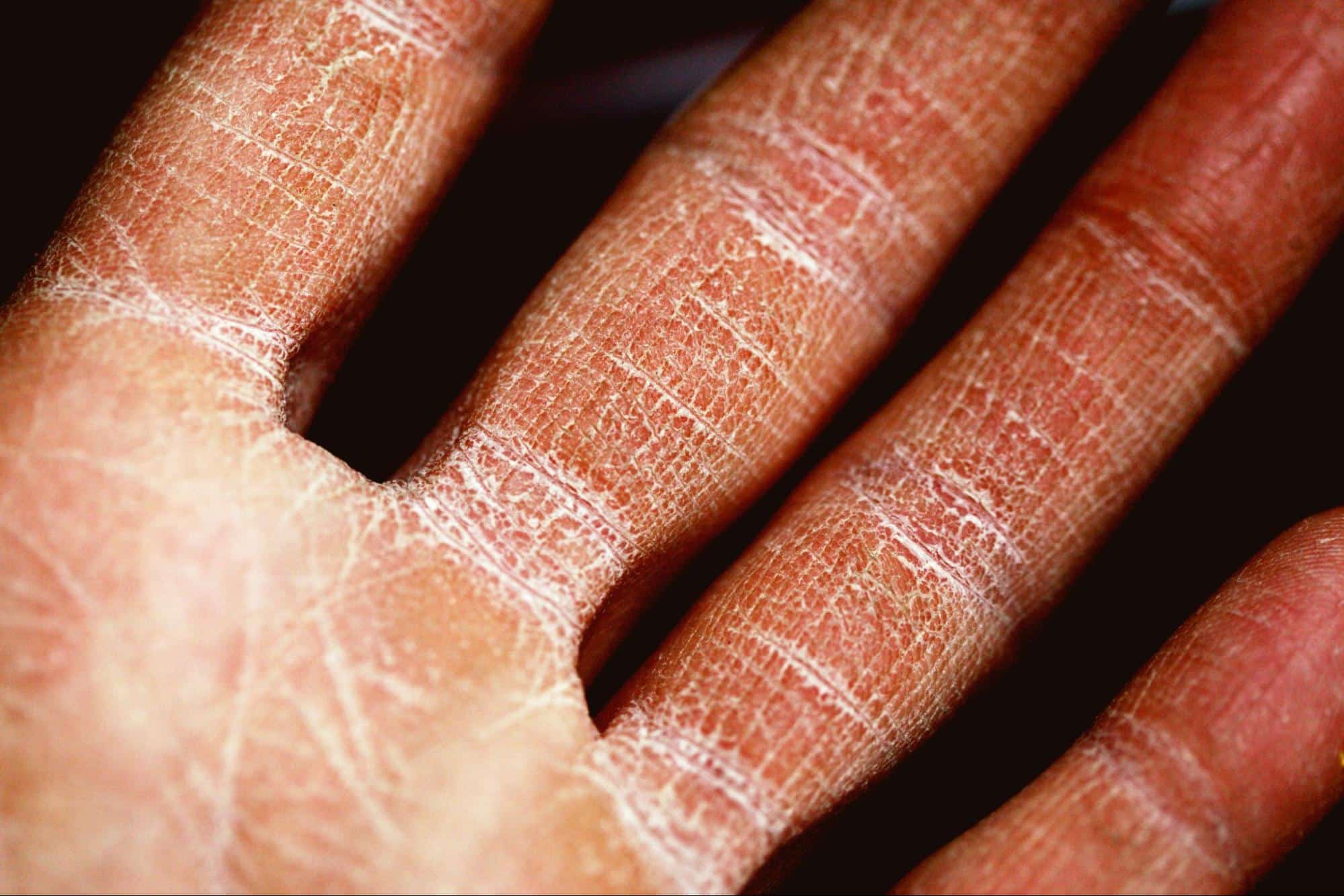
So, as we have already mentioned, the basic manifestation is dry, red and irritated skin. Of course, this does not always mean atopic dermatitis. There are other symptoms you may notice with atopic dermatitis – oozing blistersafter which the fluid drains out, leaving the skin cracked, scaly and thickened.
Atopic dermatitis is mainly suffered by infants and children. Most often in infants, this eczema appears on the face and trunk in the form of red, swollen rashes. These rashes can be small or larger and merge into larger areas. The skin is naturally dry, cracked and scaly. In this case, treatment of this atopic eczema is important in the form of remasking and moisturising with creams, or soaking the affected areas in an herbal bath.
In childhood, these deposits usually disappear from the trunk and face and move to the limbs. The most common are, for example on the legs – in the shins or on the hands – in the forearms, on the fingers and the like. Thus, they are found in places where atopic dermatitis is common even in adults. In this case, the skin is also very dry, scaly, red, and sometimes it happens that these deposits merge into one and form the so-called lichen.
However, atopic eczema can also have these symptoms:
- Thickening of the skin
- Cracks in the skin
- Wetting of affected areas
- Skin infection due to scratching
Treatment options for atopic eczema
What are the treatment options for atopic eczema? Does natural treatment or just corticosteroids help? These are very common questions. But the problem is that there is no cure for atopic dermatitis, so in this case, the disease is currently incurable. However, there are a number of treatments and preparations that significantly improve the quality of life because they suppress the symptoms.
-
- Hydration – Regular use of moisturising creams and ointments is key in the treatment of atopic eczema. Moisturisers keep the skin healthy and hydrated. Choose products without perfumes and dyes, ideally also natural ointments and creams that are designed for sensitive skin. You can apply them to the affected areas 2-3 times a day, even after bathing.
- Topical corticosteroids – If natural preparations, ointments or herbs do not work in the treatment of eczema, corticosteroids are often resorted to. These drugs are prescription, reduce inflammation and relieve itching and redness, but beware! It is important to use them only as directed by your doctor and in the lowest possible dose, as they can have side effects with long-term use. So for long-term treatment of atopic eczema they are definitely not recommended and not used.
- Antihistamines – These are mainly used if extreme itching makes it impossible for you to live a normal life and makes sleeping uncomfortable. These medicines block histamine, a substance that is released during an allergic reaction and causes itching.
- Phototherapy – Uses ultraviolet light to reduce inflammation and improve skin condition.
- Alternative treatment of atopic eczema – For example, acupuncture, aromatherapy and probiotics. These alternative treatments can help relieve the symptoms of eczema. However, it’s important to note that these therapies are not scientifically based, so it’s up to you whether you choose this type of treatment or whether you’d rather reach for something natural or prescription medications and ointments.
CBD and hemp ointments for the treatment of eczema
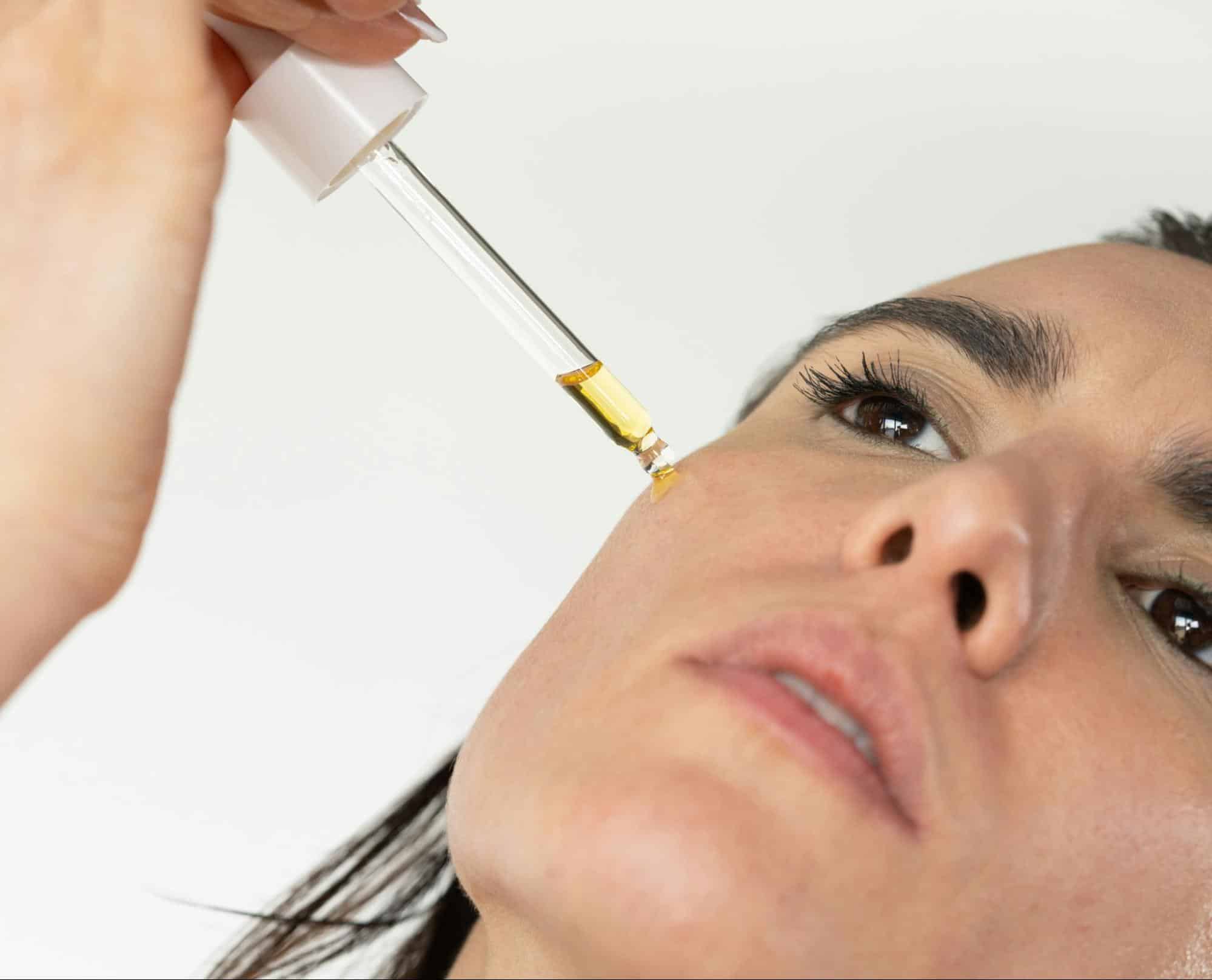
These natural substances – cannabinoids, which are found in the cannabis plant – can also be very helpful in the treatment of atopic eczema. This home treatment for eczema can be very effective. And although hemp and CBD is a controversial topic for many, the truth is that CBD, for example in the form of CBD oils or other products very beneficial to human health.
CBD is a non-psychoactive compound found in cannabis and has no intoxicating effects, as is the case with THC. CBD acts on the endocannabinoid system (ECS), a complex system in the human body that regulates a variety of functions, including immune response, pain and inflammation. So, in this case, it is very likely that CBD, due to its anti-inflammatory and analgesic properties, may help in alleviating the unpleasant symptoms of atopic eczema. Therefore, these CBD oils as nutritional supplements and hemp ointments with CBD often used as home remedies for treating eczema and relieving unpleasant symptoms.
And what does CBD ointment and CBD products help in the treatment of atopic eczema?
- relieve inflammation
- CBD oils reduce stress, which can be a trigger for eczema, and help with better quality sleep
- provide relief in case of itching
- reduce pain
- moisturise the skin
- are a great alternative treatment for atopic eczema to corticosteroid ointments.
Sources:
- https://www.niams.nih.gov/health-topics/atopic-dermatitis
- https://nationaleczema.org/eczema/types-of-eczema/atopic-dermatitis/
- https://www.nhs.uk/conditions/atopic-eczema/treatment/
Products in the article
-
Product on sale
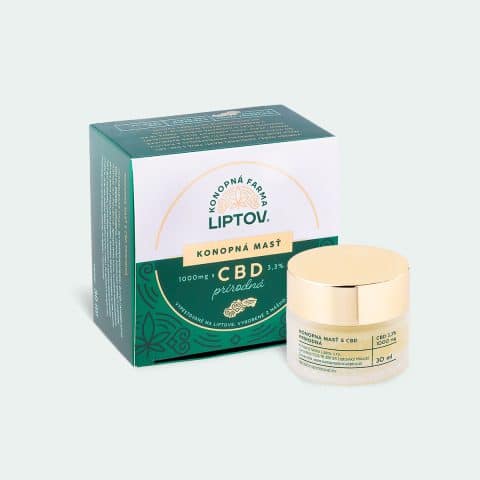 Hemp CBD ointment 1000 mg pure25,35 €
Hemp CBD ointment 1000 mg pure25,35 €30,00 € -
Product on sale
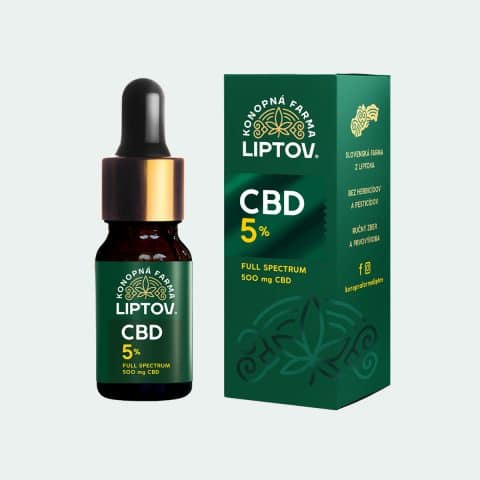 CBD oil 5% full spectrum28,86 €
CBD oil 5% full spectrum28,86 €29,00 € -
Product on sale
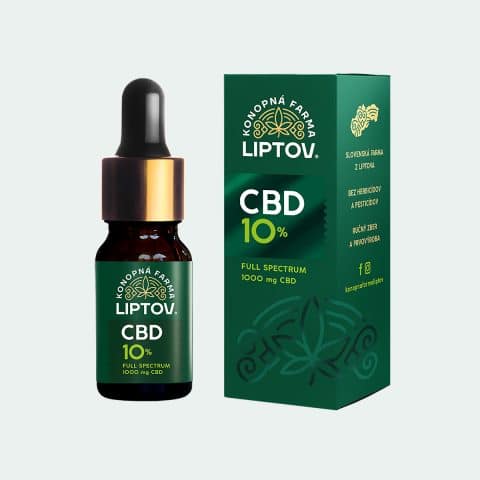 CBD oil 10 % full spectrum – premium45,77 €
CBD oil 10 % full spectrum – premium45,77 €46,00 €

